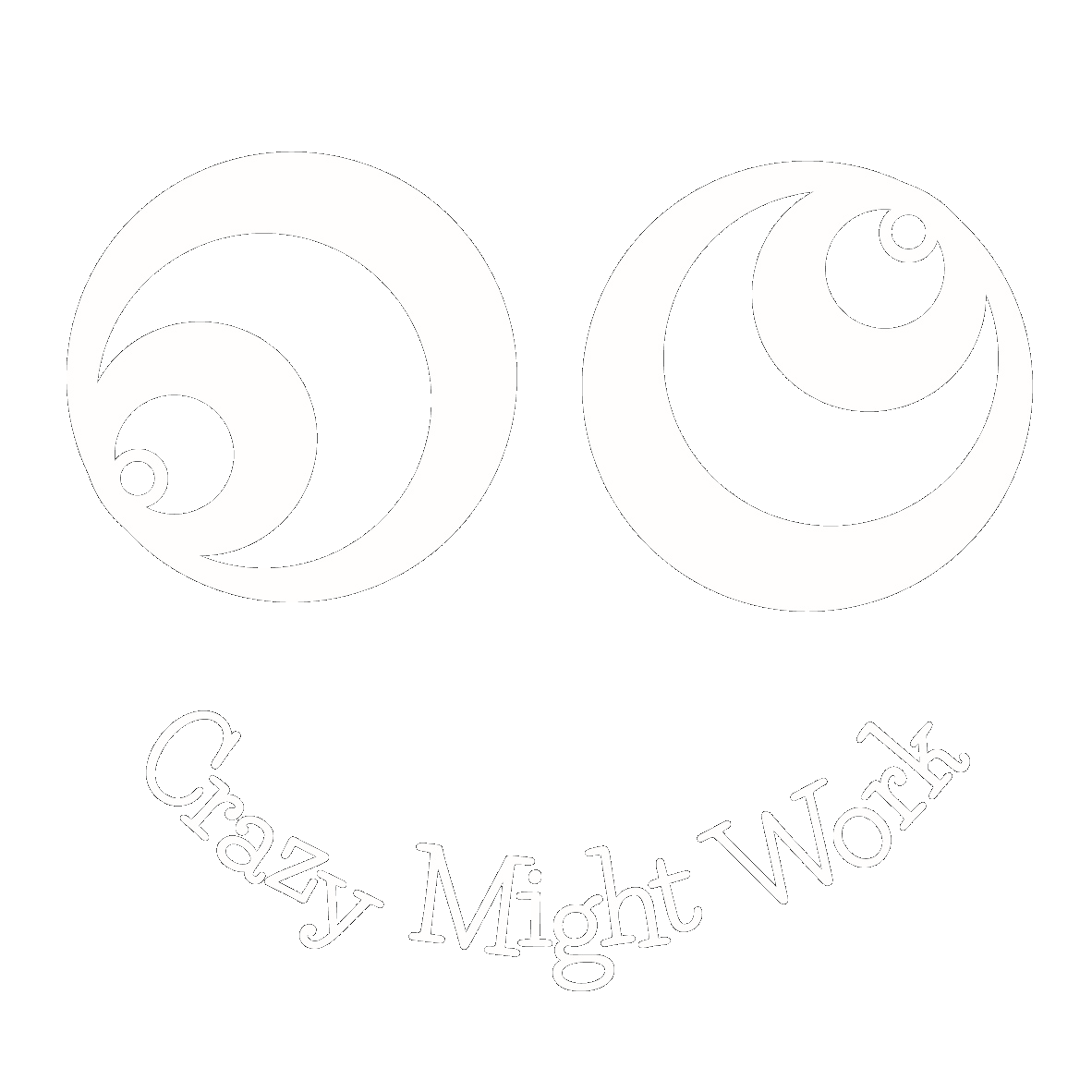Steve Brodie – Executive Manager Innovation, CSIRO
Steve Brodie has big hopes for collaborative innovation in Australia, but. the story begins with an example of one of Australia’s big misses:
Dr Zhengrong Shi, worked at UNSW on the development of the world’s most efficient solar cell. He approached the State and Federal governments to get funding to manufacture the cells in Australia but was knocked back on multiple occasions. Ultimately he returned to China, got funded, and went on to become the worlds’ first green billionaire. Australia’s loss was China’s gain.
The potential benefits of collaborative innovation are significant, allowing organisations to achieve what they couldn’t on their own and Steve illustrated this point with three case examples:
- Polymer bank notes resulted from a 20-year (!) partnership between the CSIRO and Central Banks that set out to solve the problems of forgery and resilience of paper money. This lengthy, patient collaborative exercise has been rewarded with more than 20 countries using the plastic note.
- BHP’s collaboration with Lockheed Martin in the early 1990’s allowed BHP to develop technology that enabled oil and metal deposits to be identified at scale, by measuring changes in gravity, from the air. During the testing phase, the value of a single diamond mine doubled overhead aircraft measurements identified many more new veins!
- P&G’s ’Connect & Develop’ program in the early 2000’s, allowed them to generate more than $1 billion USD year by identifying “problems to be solved”, and connecting with scientists outside their organisation to co-create solutions.
All these are fantastic examples of collaborative innovation, but Stanford University takes the cake! Stanford University has spawned 40,000 companies and over 5.5 million jobs have resulted from relationships and technologies coming out of Stanford. Imagine the impact on Australia if we had a ‘Stanford’ here, connecting our workforce of 10 million people with our 5 universities that rank in the global top 100 for research?
Imagination alone will not do it for us and so CSIRO (with the assistance of NISA) have developed the ON Program, which runs science and technology accelerator programs designed to help Australians get ideas to market. The program forms collaborative partnerships between Australia’s universities, CSIRO, and others.
To date, of the x30 ON-Accelerate program graduate teams, 7 have gone on to form new companies, they have raised over $10M in investment and over $4.5M in further R&D and Commercialisation grants.
To find out more, go to http://oninnovation.com.au/


